Hyundai makes some welcome upgrades to the ioniq 5 for 2025, among other things introducing new, longer-range batteries and a charger port that can directly connect to the Tesla Supercharger network. There’s also the 2025 Hyundai Ioniq 5 XRT package for those who want light to moderate off-road capabilities. Here’s our review.
Hyundai keeps bucking the trend. While sales growth in the battery-electric market slowed sharply last year, Hyundai’s jumped 90%, positioning it second only to Tesla in the U.S. EV segment. The Ioniq 5 is a good reason why.
Introduced just four years ago, the electric crossover stood out with its distinctive styling, good range and performance and extensive mix of features. Hyundai has also begun delivering variants targeting distinctive market niches, starting with the 601-horsepower Ioniq 5 N.
For 2025, the Korean carmaker is determined to keep the momentum building. Among other things, the 2025 Hyundai Ioniq 5 upgrades both its standard and long-range battery packs to provide more range. It also migrates to the Tesla-style NACS charging port – while providing a free adaptor useful at other chargers. And the new model year also brings the first off-road-ready Hyundai EV, the new Ioniq 5 XRT.
Here’s our review.
What’s new
Ioniq 5 was Hyundai’s first all-electric model to use a dedicated skateboard-like platform, the E-GMP. It places the battery pack and motors below a flat load floor. The layout also offers the ability to configure the drivetrain in a variety of ways, with single and twin motor options, as well as standard and long-range battery packs.
The EV, when it debuted in 2022, adopted an aero-swept design that minimized wind resistance to maximize range. Among other things, it sacrificed a rear windshield wiper – something that generated complaints from buyers, especially in wet and snowy climes. All versions of the 2025 Ioniq 5 now get a rear wiper, Hyundai designers finding other ways to cheat the wind and avoid a range penalty.
The original electric crossover also adopted a clean, high-tech interior layout with a minimum of traditional controls. But here, Hyundai also has listened to owners and, for 2025, it adds more manual controls, mostly for the climate system. You’ll no longer need to scramble through the crossover’s big touchscreen to change cabin temperature, for one thing, or adjust the seat heaters.
The 2025 Ioniq 5 line-up also gets a new center console with a repositioned smartphone charger. And there are updates to the infotainment and connected-car technology, along with new safety and driver assistance features. The tech story is rounded out with an updated version of the smartphone-as-key system, Hyundai Digital Key 2.
Ioniq 5 XRT
For many potential buyers, the big news is the debut of the 2025 Hyundai Ioniq 5 XRT
Like so many other manufacturers, Hyundai has figured out that there’s strong demand for off-road capable vehicles. It’s adding XRT variants of a number of different product lines, from the quirky Santa Cruz pickup to the three-row Palisade SUV. This marks the first time the automaker has added an all-electric XRT package.
From first glance you’ll notice some big changes. That includes a unique grille and front bumper, the latter adopting a distinctive “pixelated” color scheme that might be considered digital camouflage. The pattern repeats around back with oversized cladding designed to add a bit more protection from rocks, brush and other obstacles. Ground clearance, meanwhile, increases by 1 inch, to 7 inches. For off-roaders that translates into an approach angle of 19.8 degrees, the departure angle increased to 30.0 degrees – compared with 17.5 and 25.4 degrees, respectively, on non-XRT models.
As you’d expect of an off-roader, the Ioniq 5 XRT also gets unique 18-inch wheels and 235/60 R18 all-terrain tires. And it adds bright red recovery hooks on the front end.
More Hyundai News
- Hyundai Ioniq 9 Makes its Debut
- Hyundai Ioniq 5 N Sets Performance Benchmark
- Hyundai Begins Production at $8 Billion Georgia EV Plant
Powertrain upgrades
The entire 2024 Ioniq 5 line-up also offers two upgraded lithium-ion battery packs:
- Standard Range models go from 58.0 to 63.0 kilowatt-hours. Look for rear-wheel-drive models RWD models to now deliver 245 miles per charge, according to the EPA;
- Long Range models go from 77.4 to 84 kWh. AWD packages top 280 miles. Rear-drive models will now get as much as 318 miles range;
- The XRT model comes exclusively with the long-range pack but the taller ride height, all-terrain tires and other revisions mean range dips to 259 miles.
The mid-cycle refresh of the Ioniq 5 line maintain the basic powertrain specs of the prior model year. For all but the N model, that stands at 320 horsepower and 446 pound-feet of torque.
For 2025, Hyundai becomes the first automaker to adopt the Tesla-style NACS charger port. (On all versions of this crossover but for the 5 N.) Buyers will get a free adapter to continue using common CCS chargers.
As before the Ioniq 5 uses an 800-volt electrical architecture making it one of the fastest-charging EVs out there. Ironically, the time to go from a 10 to 80% state-of-charge increases to 30 minutes using the less powerful Tesla Supercharger network – but remains as little as 20 minutes on other chargers, depending upon their output. Tesla times should come down as it upgrades to generation-four technology for Superchargers. Using a home Level 2 240-volt charger takes an estimated 5 hours 40 minutes for the standard pack, 7:40 for the extended pack.
Driving impressions: on-road
During a media drive event in Palm Springs earlier this month, Hyundai offered me the opportunity to split my day between the updated 2025 Ioniq 5 Limited and XRT packages. When I headed out in the Limited for my morning drive, Palm Springs was still in the grips of a rare rainstorm. Make that a deluge, all the more notable as I headed west on I-10, then turned off for a long, winding mountain. The storm grew more intense the higher I climbed, rain turning to a mixture of snow and sleet by the time I made a pit stop in the funky town of Idyllwild.
If anything, I appreciated the opportunity to test out the 2025 model in such adverse conditions. On the freeway, the EV proved as quiet and comfortable as I remember from the past. In the hills, I was impressed by its sure-footedness. It maintained its composure even in the tightest of turns and the steering offered less boost and far more road feel than most competing EVs. If anything, the Ioniq proved a solid alternative to pretty much anything in its class, gas or electric, when it comes to riding dynamics – aided by the skateboard platform’s low center of gravity.
Whether on freeway or back roads, one feature particularly stood out: the Ioniq 5’s one-pedal drive. Basically, this is something like what you’d experience shifting a manual transmission down several gears, allowing you to speed up and slow down simply by flexing your right foot – though with an EV like Ioniq you can come to a complete stop, as well, without moving to the brake pedal. My one frustration: as before, the cars regenerative brakes reset to its lowest settings each time the vehicle is shut off or shifted out of gear. You have to remember then to switch to “I-Pedal Max.”
Driving Impressions: off-road
Mercifully, the rains were gone by the time I switched into the new Ioniq 5 XRT for a few hours of driving down in the desert.
Hyundai laid out a course for us that was largely cut through sand, with stretches of deep moguls and a few challenging hills. Not exactly the level of challenge one might experience out in Moab, perhaps, but I’ve seen other supposed off-roaders get hung up in less difficult conditions.
XRT model gets a new driver mode selector adding special settings for sand, mud and snow. Tap the button on the steering wheel and it instantly adjusts various settings, notably including the way the crossover delivers torque to the front and rear motors.
I shifted to Sand Mode before heading out and quickly came to appreciate the way it transformed the way power was distributed to the two motors. It optimized torque to avoid inadvertently digging in, especially in sections where I had to attack deep ruts and loose, powdery sand. The added ride height further enhanced the experience, allowing me to clear obstacles with less likelihood of snagging the underbody.
I was surprised when a Hyundai designer noted there were no skid plates added to the XRT. But he quickly noted that the automaker was confident in the durability of the existing underbody protection on all versions of the Ioniq 5 added to keep the battery pack and motors safe.
Pricing and availability
The first of the 2025 Hyundai 5 EVs are now rolling into U.S. dealer showrooms. The automaker will offer a variety of trim packages priced at:
- SE standard range RWD: $42,500
- SE RWD: $46,550
- SE AWD: $50,550
- SEL RWD: $39,500
- SEL AWD: $53,000
- XRT AWD: $55,400
- Limited RWD: $54,200
- Limited AWD: $58,100
- Ioniq 5 N: $66,100
Add $1,475 for delivery fees. And note the Ioniq 5 N currently doesn’t get the broad range of updates on other 2025 models – except for the rear windshield wiper.
Final thoughts
When Hyundai launched the original Ioniq 5 it delivered a shock to the system, the electric crossover winning an array of awards, including North American Utility Vehicle of the Year. For good reason, considering its design, range, performance and features.
The 2025 model doesn’t bring revolutionary change. But that wasn’t needed. The enhancements come where they are needed, including the extended range, the improved controls and, yes, that rear wiper. The arrival of the new XRT model adds features and functionality that should get even more potential buyers willing to check it out.
There’s a good reason why Hyundai has bucked the trend when it comes to EV sales – and why its confidence in continuing to build momentum in 2025 seems justified. The Ioniq 5 is winning over EV fans and even getting EV-skeptics to challenge their assumptions.

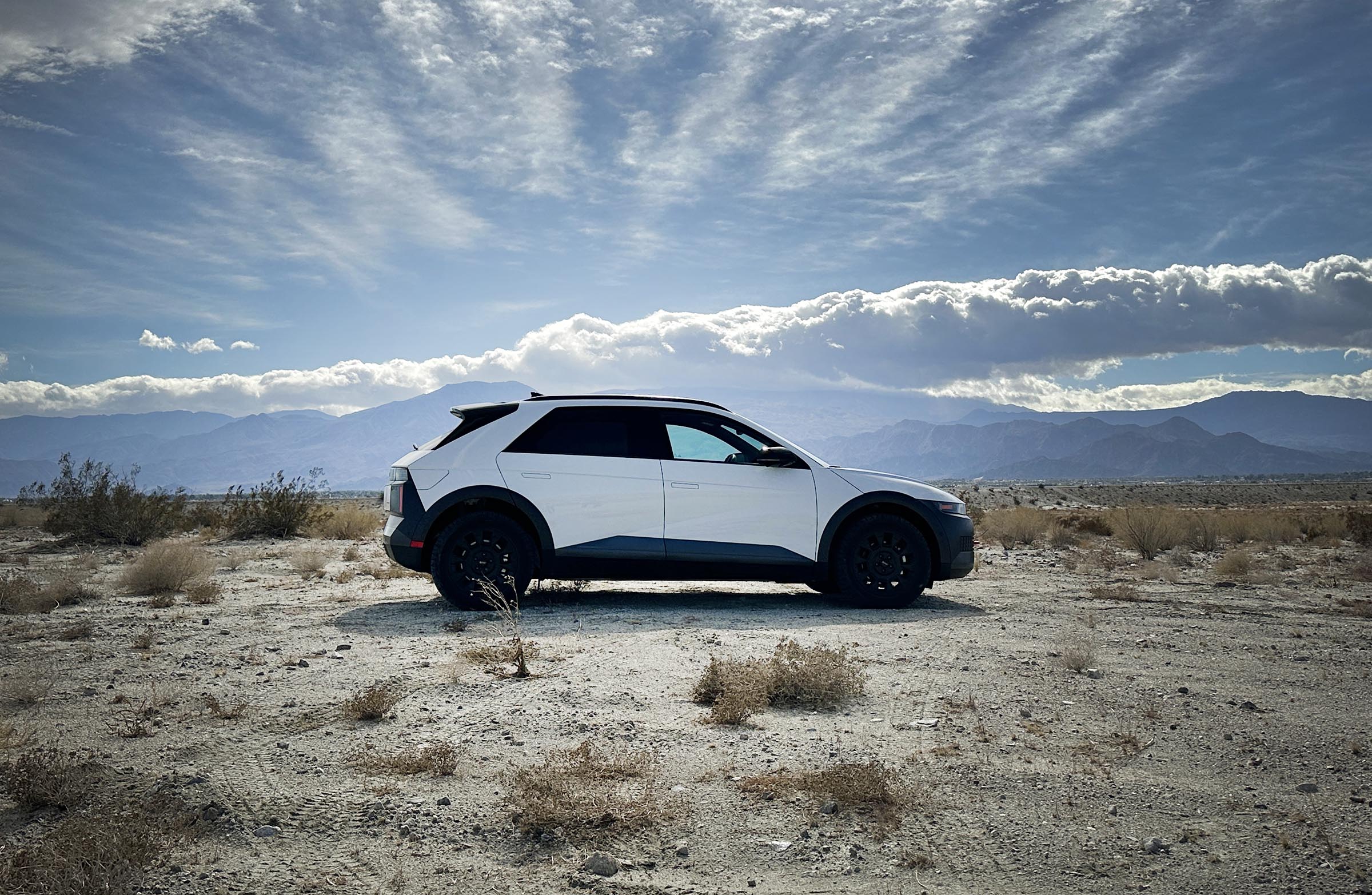
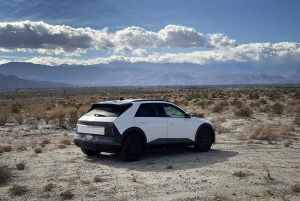
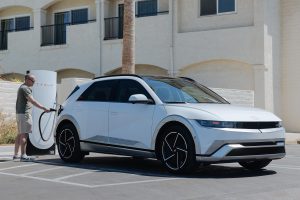
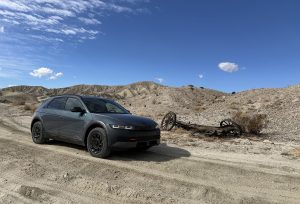
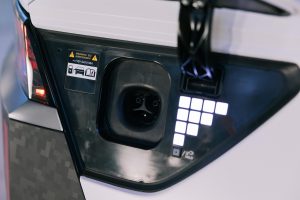
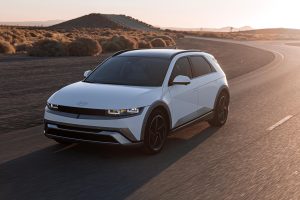
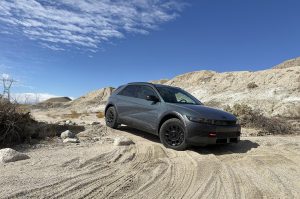
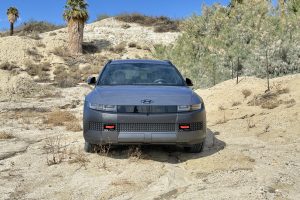
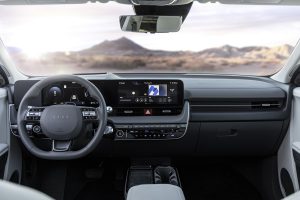

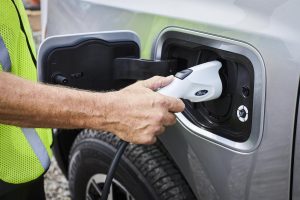
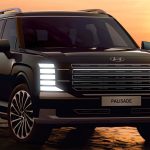
0 Comments